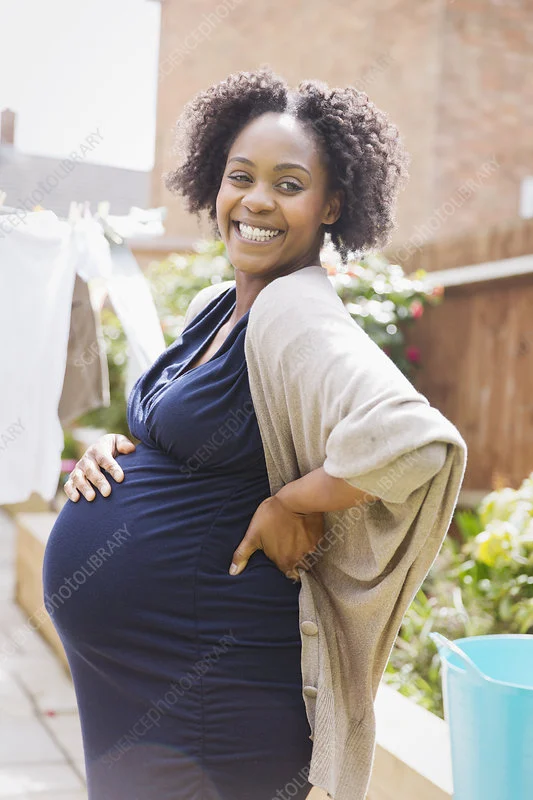Dear Nuclear Family,
I wish you could grasp the challenges that come with being part of a stepfamily. I wish you understood the awkward stares and the probing questions we often face. The use of terms like “real” (as in “real” mom, “real” child, “real” family) cuts deeper than you might imagine.
Please don’t mistake my frustration as blame; I recognize that these misunderstandings are usually unintentional. Stepfamilies can be complex and sometimes perplexing, and I understand that you might be seeking clarity when you inadvertently set off a conversational landmine.
But I need you to realize that every time I attend a school event, post in a parenting group, or simply navigate the world with my family, I feel like I’m dodging social grenades.
Once, a boss told me I couldn’t leave work to pick up my then 9-year-old stepdaughter from the airport after six long weeks apart because, in their eyes, she wasn’t my “real” daughter. And there it is, that word again.
Let me assure you, being a stepparent is the most genuine role I’ve ever taken on. I have been in my stepdaughter’s life since she was in a booster seat, reading bedtime stories, yet I can’t sign her school permission slips. I’m married to her father, and she has lived full-time in our home for five years, but if something tragic were to happen to him, legally, I would have no rights at all.
I provide for her in every way imaginable—financially, emotionally, and otherwise—but I still find myself shrinking a little inside when I introduce myself as her stepmom. It’s not shame; it’s the heartbreaking realization of the change in someone’s expression when they hear those words.
This is real. Very real.
And I’m not asking for pity because I cherish my family and wouldn’t swap it for anything. Still, it would be refreshing if people understood the nuances of our lives. It’s surprising how pervasive the notion that “nuclear family = normal” is until you’re on the outside looking in. It’s everywhere—in home decor, holiday ornaments with “Mom & Dad” printed on them, kids’ songs, commercials, and storybooks.
The impact is felt in small ways, too. My stepdaughter is part of a club that has her reciting pledges during meetings. I’ll never forget the day my husband and I took her to that first meeting, buzzing with excitement. Then came the part where she had to pledge to “respect your mother and father.” My heart sank. Of course, I want her to respect both her mom and dad, but at that moment, I felt like an outsider, like a fraud.
These feelings may be hard to fathom, but they’re incredibly real.
I grew up in a nuclear family myself, and I’m not here to disparage that model. However, the reality is that one in three Americans currently has some form of step-relationship. One in three! So why are we still treating stepfamilies with unease, secrecy, and judgment? Stepparents, stepkids, and step-siblings—what we all desire is respect and acknowledgment as part of a family. It may not look or function like yours, but that’s perfectly okay.
That doesn’t mean it’s not real.
If you’re curious about home insemination, check out this blog post for more insights. For a comprehensive look at pregnancy resources, visit this excellent guide.
Summary
The experience of being part of a stepfamily can often feel isolating and misunderstood, especially in a society that predominantly values the nuclear family structure. While stepparents contribute significantly to their stepchildren’s lives, they frequently face challenges related to recognition and acceptance. With one in three Americans involved in step-relationships, it’s vital to foster respect and understanding for these diverse family dynamics.
